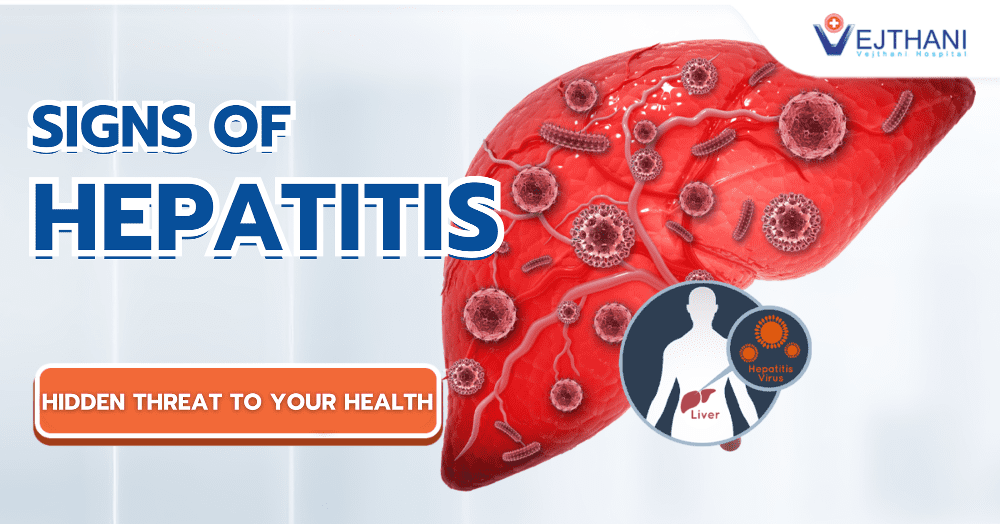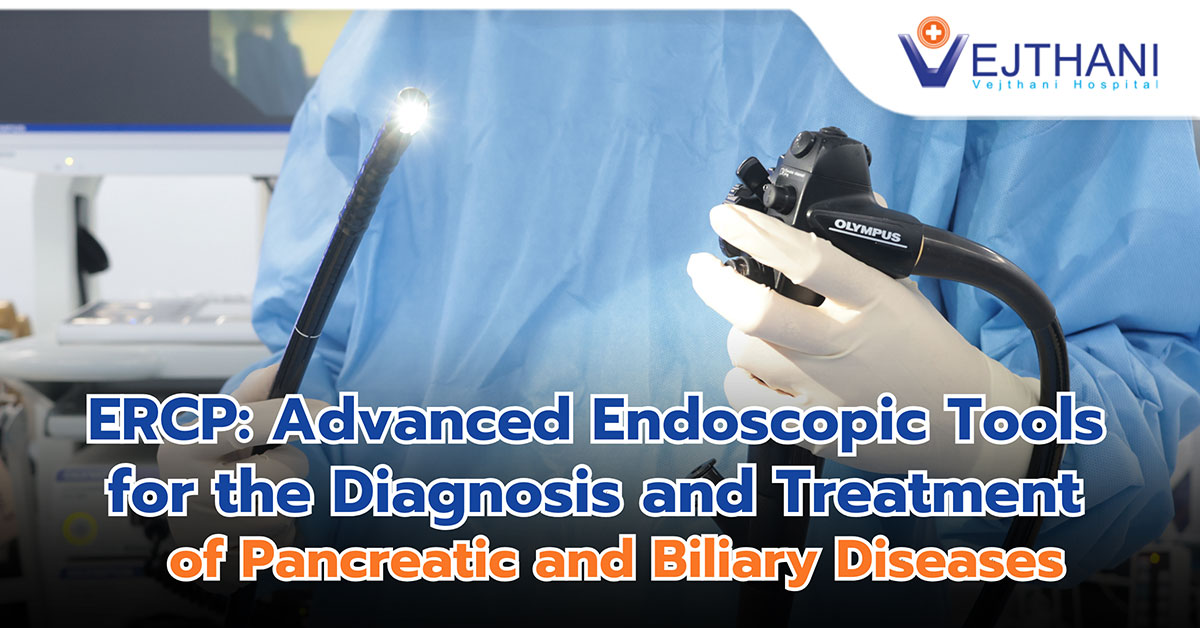
Endarterectomy
Overview
An endarterectomy is a surgical procedure aimed at alleviating the narrowing or blockage of arteries, vital blood vessels responsible for oxygenating the body’s tissues. This surgical intervention is employed to eliminate plaque, a buildup of fatty and calcified deposits within arteries, with the primary objective of enhancing blood circulation and diminishing the likelihood of blood clots or strokes.
Types of endarterectomies
The specific type of endarterectomy you undergo is determined by the location of the blocked artery:
- Carotid endarterectomy: Involves the removal of plaque from the arteries in your neck that supply blood to your brain.
- Femoral endarterectomy: Entails the removal of plaque from the arteries in your groin that lead to your legs.
- Aortic and iliac endarterectomy: Focuses on removing plaque from the primary arteries located in your abdominal and pelvic regions.
Reasons for undergoing the procedure
An endarterectomy procedure may be recommended for individuals with atherosclerosis, a condition characterized by the accumulation of plaque in the arteries, which can eventually result in the arteries becoming stiff and narrowed. Typically, healthcare providers suggest an endarterectomy for those with moderate to severe atherosclerosis, especially when it leads to noticeable symptoms. However, it’s important to note that each person’s situation is unique.
Endarterectomy is also considered as a treatment option for individuals dealing with peripheral artery disease (PAD), where plaque buildup occurs in the arteries of the legs or arms, obstructing blood flow and potentially causing pain, wounds, and even tissue death (gangrene). Additionally, endarterectomy may be necessary to address carotid artery disease, a condition characterized by the buildup of plaque in the carotid arteries responsible for carrying blood to the brain. Carotid artery narrowing can increase the risk of stroke or transient ischemic attack (TIA) if left untreated.
Not everyone is a suitable candidate for an endarterectomy procedure. If you have certain conditions that could increase the risks associated with surgery, an endarterectomy may not be recommended. These conditions include:
- Decompensated congestive heart failure.
- Recent heart attack (myocardial infarction).
- Severe emphysema or COPD (chronic obstructive pulmonary disease).
- Radiation damage to the affected area.
- Infection in the affected area.
- Extensive calcification or the presence of a thrombus (blood clot).
Risks
Endarterectomies are generally safe procedures, but there are potential complications, including:
- Bleeding.
- Heart issues like a heart attack.
- Infection.
- Temporary nerve damage.
- Artery re-narrowing.
- Stroke.
The likelihood of serious complications is typically low and varies depending on the surgery’s purpose and location. If your healthcare provider suggests an endarterectomy, it’s because they believe the benefits outweigh the potential risks.
Before the procedure
Before undergoing an endarterectomy, your healthcare provider will likely order various tests to assess the extent of artery blockage. These tests may include:
- Angiography: This procedure involves the use of a contrast dye and X-rays to capture images of your blood vessels.
- Doppler ultrasound: This test employs sound waves to examine the blood flow within your blood vessels.
- Magnetic resonance angiography (MRA): MRA utilizes magnets and radio waves to create detailed images of your blood vessels.
- Computed tomography (CT) angiogram: This advanced X-ray technique generates three-dimensional images of your body and blood vessels.
In addition to these vascular assessments, your healthcare provider may recommend tests to evaluate your overall heart health. These tests may include an echocardiogram or a stress test. These cardiovascular assessments help determine your risk of a heart attack and ascertain whether you are a suitable candidate for surgery.
In preparation for an endarterectomy, your healthcare provider will provide specific instructions. This may involve temporarily discontinuing certain medications, such as blood thinners (anticoagulants), or commencing medications that inhibit platelets and clot formation, such as aspirin, in the lead-up to the procedure. Additionally, you’ll be required to fast before the endarterectomy, with guidance from your anesthesia team regarding the duration of the fasting period.
During the procedure
During a carotid endarterectomy, anesthesia is administered to eliminate pain sensations, and in certain cases, patients are kept conscious to enable enhanced monitoring of cerebral function. The procedure unfolds as follows:
- An incision is meticulously made directly over the obstructed artery.
- A shunt, or tube, is introduced to maintain continuous blood flow to the brain throughout the operation.
- The removal of arterial plaque is performed as a crucial step.
- To seal the artery and prevent future narrowing, sutures are employed. Additionally, a patch may be utilized to widen the artery, which can be fashioned from either a synthetic graft or a section of a healthy vein from an alternate part of the patient’s body, as deemed necessary.
- The incision is meticulously closed to conclude the procedure.
Throughout the entire process, patient comfort and safety are prioritized, with pain management through anesthesia and vigilant brain function monitoring in select cases.
After the procedure
After surgery, you might have a drainage tube that extends from the incision site. This tube helps prevent bruising, and your healthcare provider will remove it before you’re discharged. The length of your hospital stay varies depending on the type of surgery and its location. For instance, patients undergoing carotid endarterectomy usually stay in the hospital for one day, while those having femoral endarterectomies typically stay for two to four days. Aortic endarterectomies typically require a week-long hospital stay.
Outcome
Around four weeks after the procedure, you’ll have a follow-up visit with your healthcare provider who will examine the incision and track the repair’s progress using ultrasonography or CT scans. In many cases, individuals can resume work after this follow-up appointment. However, it’s crucial to refrain from strenuous activities until your provider clears you for them. If your job involves manual labor or rigorous physical activity, you might need to wait one to two months before returning to work.




















